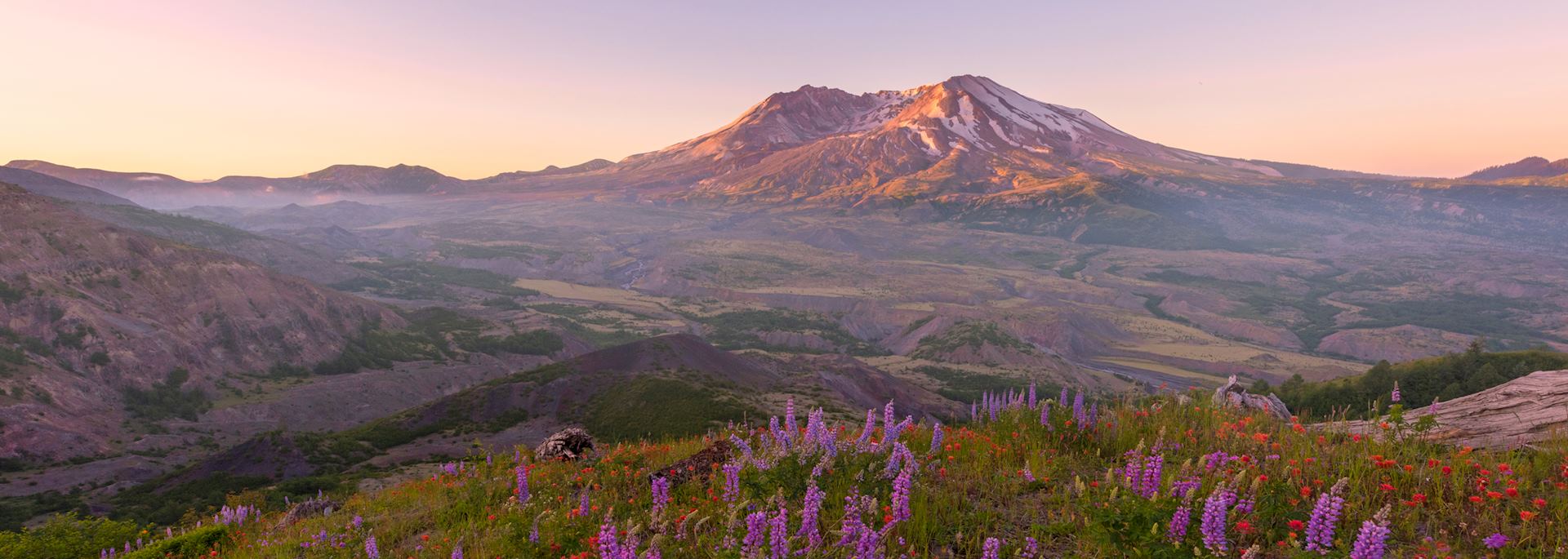A catastrophic eruption of the Mount St. Helens volcano in May 1980 lead to widespread devastation of the local area.
The entire north face of the mountain collapsed in possibly the largest avalanche ever recorded. Shortly afterwards a cloud of ash rose skywards whilst a pyroclastic flow sent more ash down the rivers, sweeping away everything in its path and destroying roads and bridges.
The eruption changed the face of the region forever and two years later the Mount St. Helens National Monument was created leaving the area as a protected environment. Visitors come to marvel at the destruction and at nature's recovery.
The Visitor Center shows an excellent film of the eruption, followed by a spectacular view of the mountain itself, while the Johnston Ridge Observatory at the end of the road is closest to the mountain and well within the blast zone. Here you can view the lava dome, pumice plain and landslide deposits up close.
who's been there
-
617-223-4521617-223-4558
- Make an inquiry
Places near Mount St. Helens
- Portland 53 miles away
- Mount Rainier National Park 55 miles away
- Cannon Beach 88 miles away
- Seattle 98 miles away
- Quinault 118 miles away
- Bend (Sisters) 136 miles away
- Washington State 137 miles away
- Newport, Oregon 141 miles away
- Port Angeles 146 miles away
- Lake Crescent 151 miles away
- Oregon 180 miles away
- Crater Lake National Park 228 miles away


